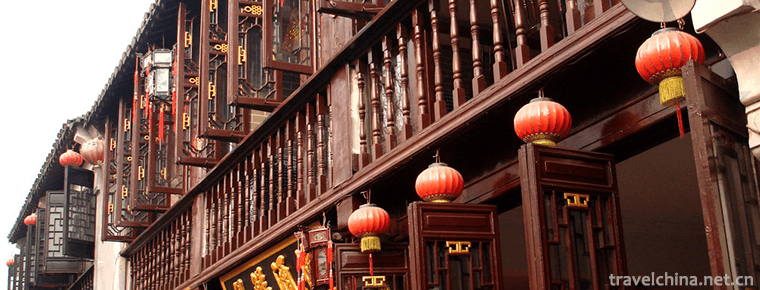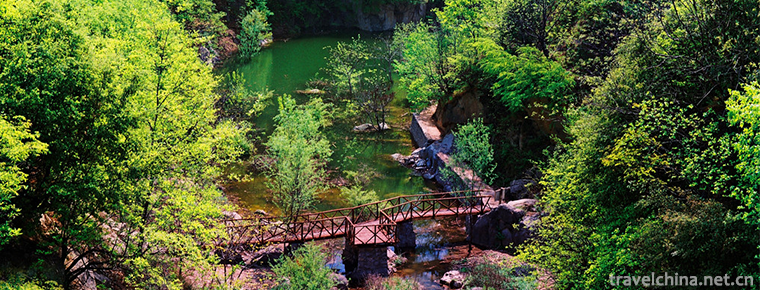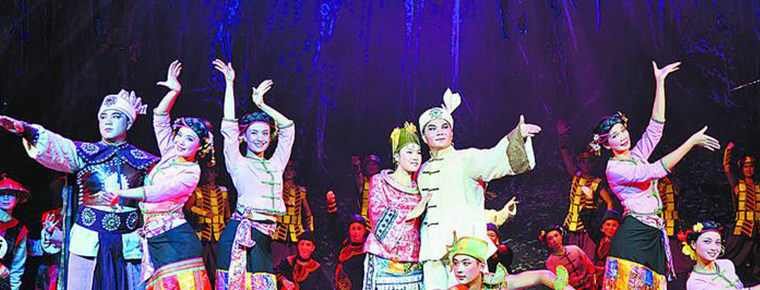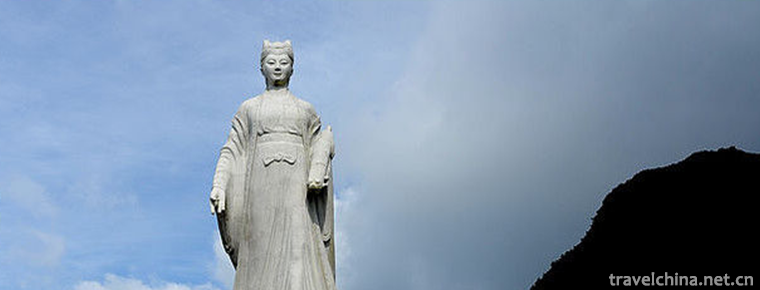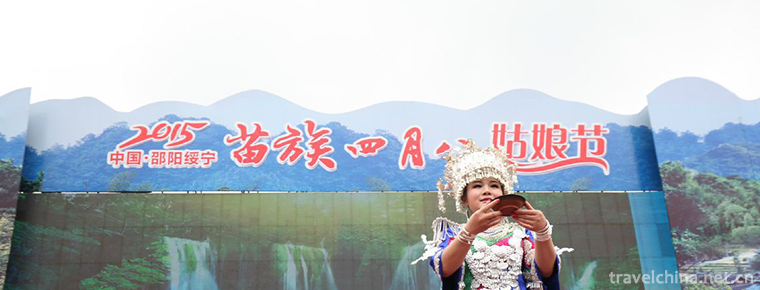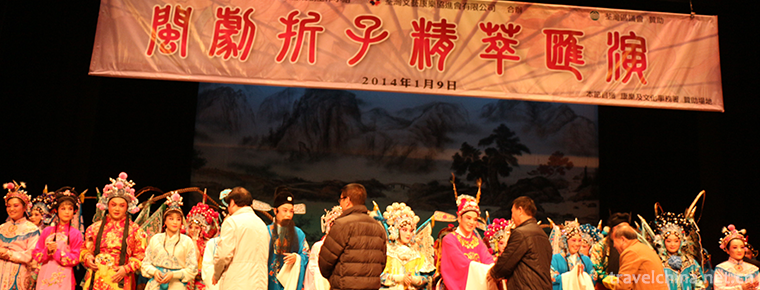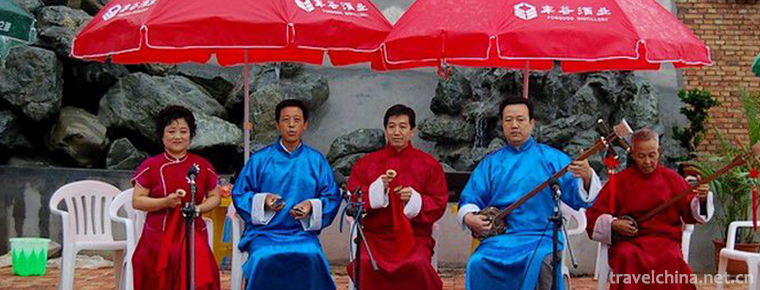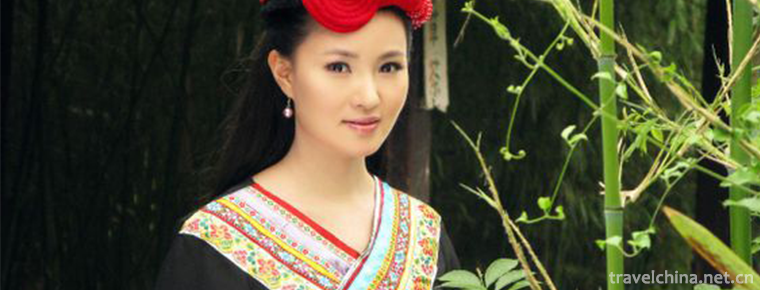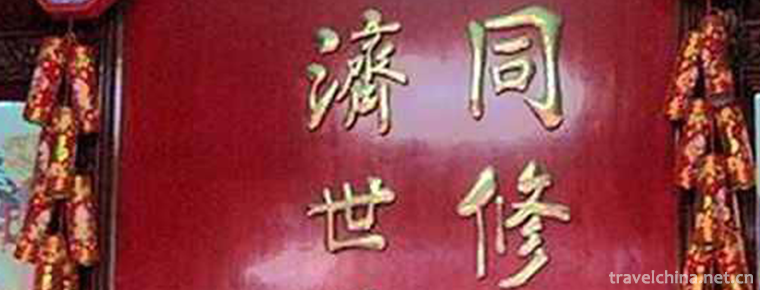Five city tea driedWucheng Dried Tea
Wucheng Dried Tea, a specialty of Xiuning County, Anhui Province, is a national geographical indication product.
Wucheng Tea is a delicious food for both old and young people. It is dry and salty, pure and delicious, flexible and mellow, and rich in nutrition.
In March 2010, Wucheng Tea Dry was awarded the title of National Geographic Indications Protection Product.
Wucheng tea is red-brown in dry color, uniform in color, with oil moistening taste, moderate salty and sweet taste, strong aroma, fine texture, continuous folding, soft, strong and elastic. The dried tea is refined from more than ten natural materials such as high quality soybean and licorice. And the color of sauce red, chewing long, lasting aftertaste, toughness, folding and other characteristics. In addition to rich vegetable protein, it also contains 18 kinds of amino acids needed by human body, as well as more than ten trace elements such as calcium, magnesium, molybdenum, manganese, selenium, strontium and copper.
Wucheng Tea Dry, a traditional specialty of Huizhou, was founded in the late Southern Song Dynasty during the period of Lizong. Its technology matured in the Yuan Dynasty and flourished in the Qing Dynasty.
Xiuning County is located in the mountainous area of southern Anhui Province. It has a subtropical monsoon climate with distinct seasons and abundant rainfall. The average annual temperature is 15.5-16.4 C, and the precipitation is between 1400-1700 mm. Ratshui and Hengjiang valleys present the lower terrain Hetao Plain, and the river system in the territory belongs to Qiantang River and Yangtze River valleys. There are 237 large and small rivers in the territory, which merge into Xin'an River, Suijiang River, Qujiang River and Yanjiang River. The total length of the river is about 910 kilometers, the flow of the river is 2.242 billion cubic meters, and the theoretical reserves of water resources are 154 million kilowatts. The main river rate water and Hengjiang River run across the whole territory from west to East in the South and north of the county boundary respectively. The total area of the river basin is 1947 square kilometers, which is suitable for legume cultivation.
By the end of 2017, there were nearly 80 tea dried processing households in Wucheng County, about 290 people engaged in tofu dried processing, and about 15,000 Jin of soybeans were processed every day. The output of tea dried in this village accounted for 80% of the whole town and more than 60% of the whole city. A large number of tea dried products were exported to Jiangsu, Zhejiang, Shanghai, Hefei and Wuhu.
In March 2010, Wucheng Tea Dry was awarded the title of National Geographic Indications Protection Product.
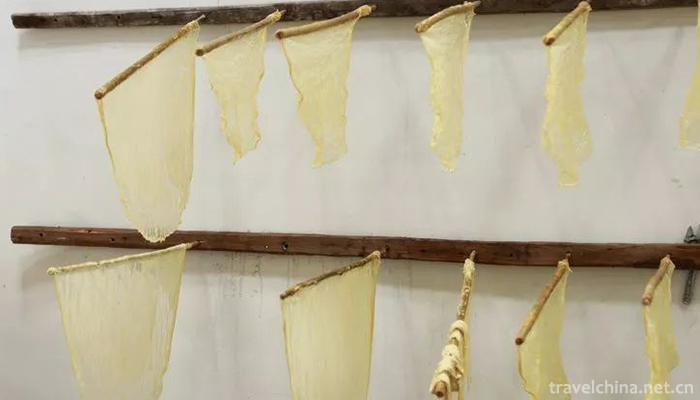
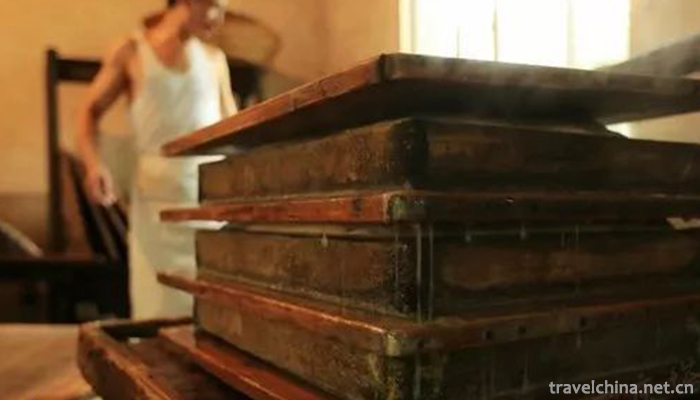
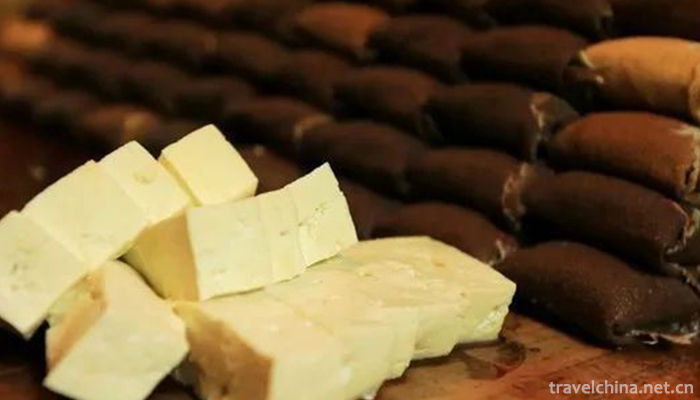
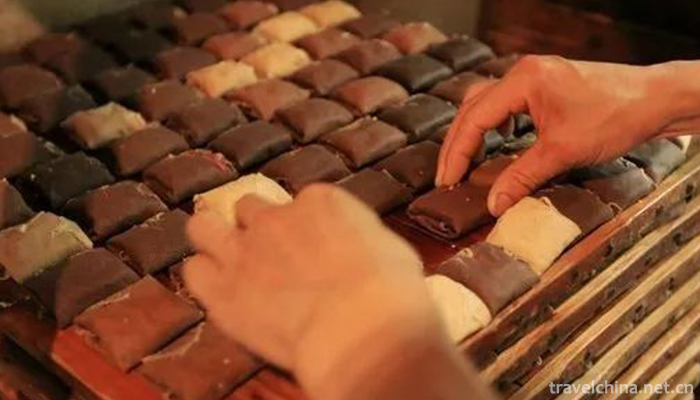
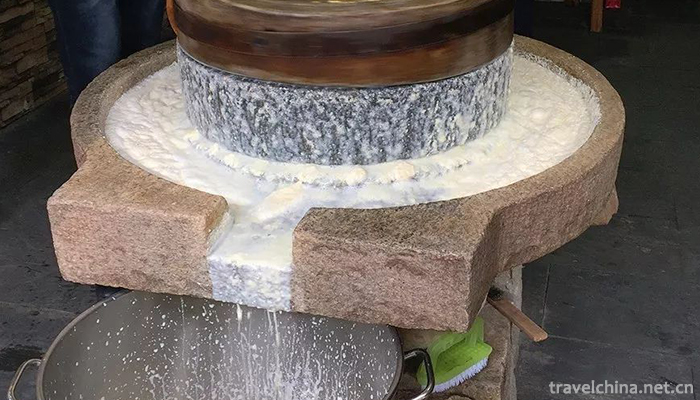
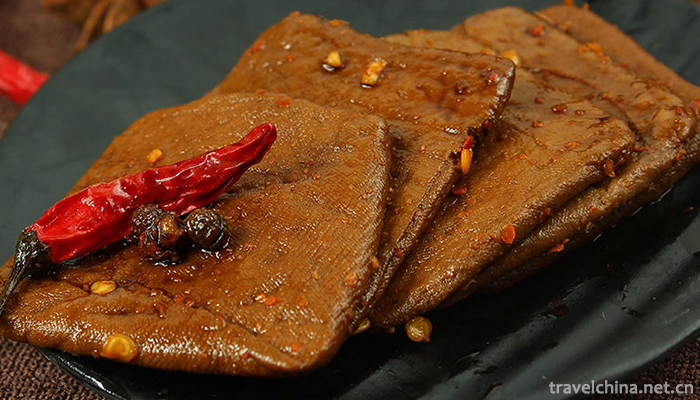
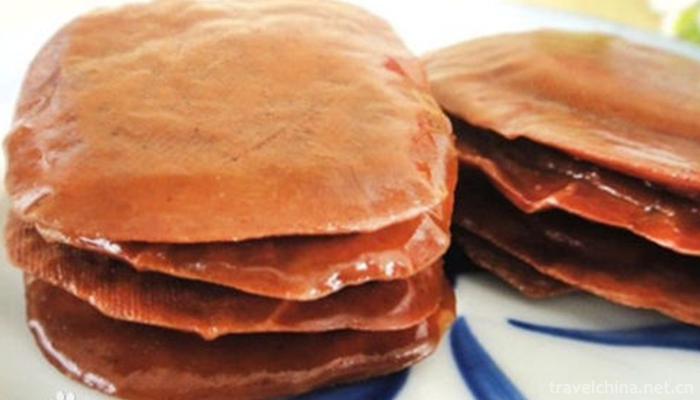
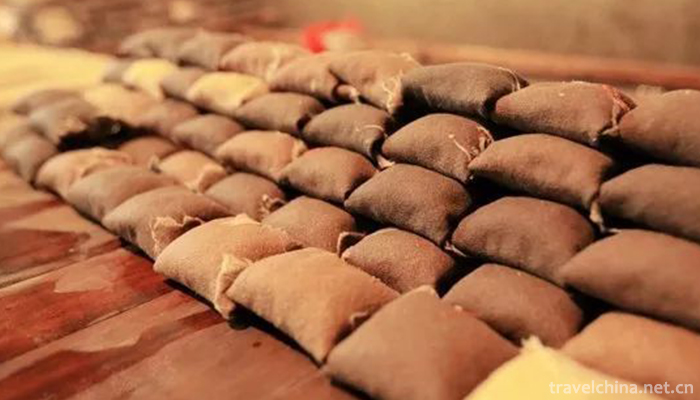
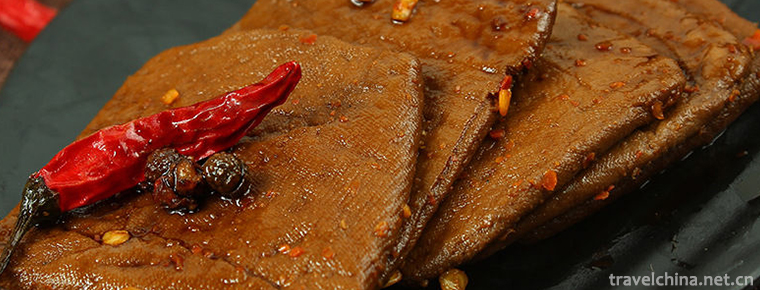
Five city tea driedWucheng Dried Tea
-
Zhouzhuang Town
Zhouzhuang Ancient Town is a preferred site for world cultural heritage and the first batch of national 5A tourist attractions. It is located in the southeast of Suzhou City and at the junction of Kun
Views: 357 Time 2018-12-06 -
Thrush valley ecological tourist area
Thrushcross Valley is a natural eco-tourism area, located in Yaoshan Town, Lushan County, Henan Province, and at the northern foot of Yaoshan Scenic Area. It is a national AAAA-level tourist attractio
Views: 169 Time 2019-01-17 -
Dai opera
Dai Opera, one of the national intangible cultural heritage, is a traditional drama in Jingpo Autonomous Prefecture of Dai Nationality in Dehong, Yunnan Province.
Views: 107 Time 2019-04-23 -
Polo
Polo refers to a sport in which horses are riding and polo clubs are used to hit the ball. In ancient China, Polo was called "hitting the bow". It was invented in the Han Dynasty and flouris
Views: 153 Time 2019-05-15 -
Ma Xian Xing custom
The belief in Ma Xian is a traditional folk custom inherited from generation to generation by the people of Fujian and Zhejiang. Ma Xian, also known as Ma Xiaoxian, is a goddess worshipped in northeas
Views: 402 Time 2019-05-16 -
April Eighth Girls Day of Miao Nationality
"Girl's Day" originated in memory of Yang Bamei, a heroine. Legend has it that in the Northern Song Dynasty, Yang Wenguang, a famous general, was ordered to be plain and barbarous. After def
Views: 216 Time 2019-06-05 -
Min Opera Fujian Opera
Fujian Opera is the only existing opera that sings and reads Bai in Fuzhou dialect. It is prevalent in central Fujian, Eastern Fujian and Northern Fujian, and spread to Taiwan and Southeast Asia. It i
Views: 170 Time 2019-06-05 -
Qin an Xiaoqu
Qin'an Xiaoqu, also known as the old tune of Qin'an, is one of the national intangible cultural heritages. It is an ancient traditional folk art variety formed and mainly popular in Qin'an and other c
Views: 187 Time 2019-06-10 -
She Costume
She nationality's men and women's clothing is basically the same as that of the local Han people. However, the She ethnic costumes in Fujian and Zhejiang provinces with relatively concentrated populat
Views: 364 Time 2019-06-14 -
Tongrentang Traditional Chinese Medicine Culture
Tongrentang Traditional Chinese Medicine Culture, one of the traditional Chinese medicine, is declared by Beijing Tongrentang (Group) Co., Ltd., one of the national intangible cultural heritage.
Views: 213 Time 2019-06-21 -
Hydrology in Luzhou
There are many large, medium and small rivers in Luzhou, but the runoff of small streams is short. The rivers in the territory belong to the Yangtze River system, with the Yangtze River as the main trunk, distributed in a tree shape, and flow into the Yangtze River from south to North
Views: 392 Time 2020-12-14 -
History of Guangan
Guang'an belonged to Liangzhou in ancient times and Yongzhou in Yin and Shang Dynasties. In the fifth year of King Shenliang of Zhou Dynasty (316 BC), Qin destroyed Bashu and established Ba and Shu counties. Today, Guang'an District, Qianfeng District, Linsh
Views: 318 Time 2020-12-19
